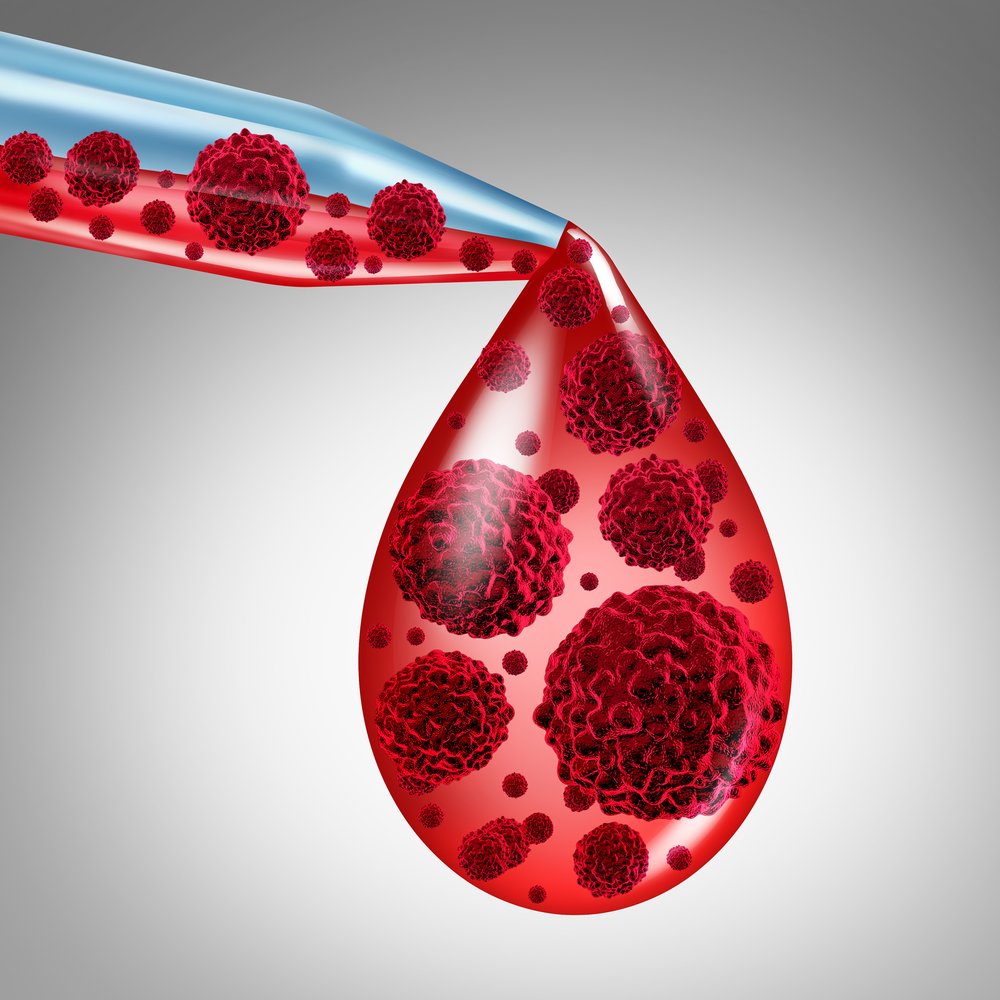Mouse Study Finds Potential Targets to Minimize Risks of Stem Cell Transplants

Immune factors that drive donor T-cells to cause graft-versus-host disease (GVHD) have been found by researchers whose discovery may offer new opportunities for therapeutic targets to minimize the risks of stem cell transplants.
High-dose therapy with melphalan followed by autologous stem cell transplant (HDT/ASCT) remains the treatment of choice for multiple myeloma. In most cases, a patient’s own stem cells are used as a treatment, but in a small number of patients, stem cells may be harvested from matched donors. This approach, however, poses certain risks to patients.
The most dangerous side effect of transplants from matched donors is graft-versus-host disease (GVHD), a condition that occurs when the donor immune cells see the patient’s tissues as foreign and attack them, many times causing fatal reactions.
No one completely understands how GVHD develops. It can affect any organ, but intestinal GVHD seems to be one of the most frequent, happening in about half of GVHD cases.
Research studies have shown that donor T-cells, one of the largest and most important subsets of immune cells, are critical for the onset of GVHD. They cause inflammation and injury to the patient’s tissues, including the intestine.
Although donor T-cells look to be promising targets to treat GVHD, scientific knowledge is limited about the cues that drive the transformation of donor T-cells into GVHD-causing T-cells.
A team of researchers started by investigating if a factor important for the expression of certain genes, the basic leucin zipper ATF-like transcription factor (BAFT) was involved in the appearance of GVHD-causing T-cells in a mouse model of GVHD.
When mice were transplanted with T-cells that lacked BATF, they developed only mild clinical GVHD, had normal recovery of immune cells, and survived longer.
Importantly, in T-cells that migrated to the intestine, BATF caused the expression of a messenger substance, the granulocyte-macrophage colony-stimulating factor (GM-CSF), capable of triggering the gut inflammation associated with GVHD.
The results also suggest this messenger molecule is controlled by another inflammatory mediator, the interleukin 7 (IL-7).
When researchers used medication to block both GM-CSF and IL-7, a specific subset of donor T-cells was prevented from expanding and functioning, which led to significant reduction in generalized, as well as intestinal, inflammation.
Taken together, the team found immune factors that can turn the donor T-cells into cells that damage the host and cause GVHD.
“The BATF protein acts as a central switch in the donor’s T-lymphocytes,” said Kai Hildner, MD, in a press release. Hildner is a professor in the Department of Medicine at University Hospital Erlangen, and leader of this study.
“If the protein is turned on, it can lead to highly aggressive immune cells being developed, which massively increase inflammatory processes, interacting with other immune cells to cause extensive damage in the intestines after a stem cell transplant,” he said.
The study, “BATF-dependent IL-7RhiGM-CSF+ T cells control intestinal graft-versus-host disease,” and published in The Journal of Clinical Investigation, expands knowledge about how GVHD establishes and might open up new avenues for therapeutic interventions to reduce intestinal GVHD.
“Given our data, we propose a model in which host tissue-derived IL-7 critically instructs donor T cells under the T cell-intrinsic control of BATF to become (…) cells that mediate intestinal GVHD at least in part by expressing GM-CSF,” the researchers wrote in the study.
” … therapeutic targeting of the IL-7R/BATF/GM-CSF axis might represent a future option to mitigate acute, life-threatening intestinal GVHD,” they concluded.






